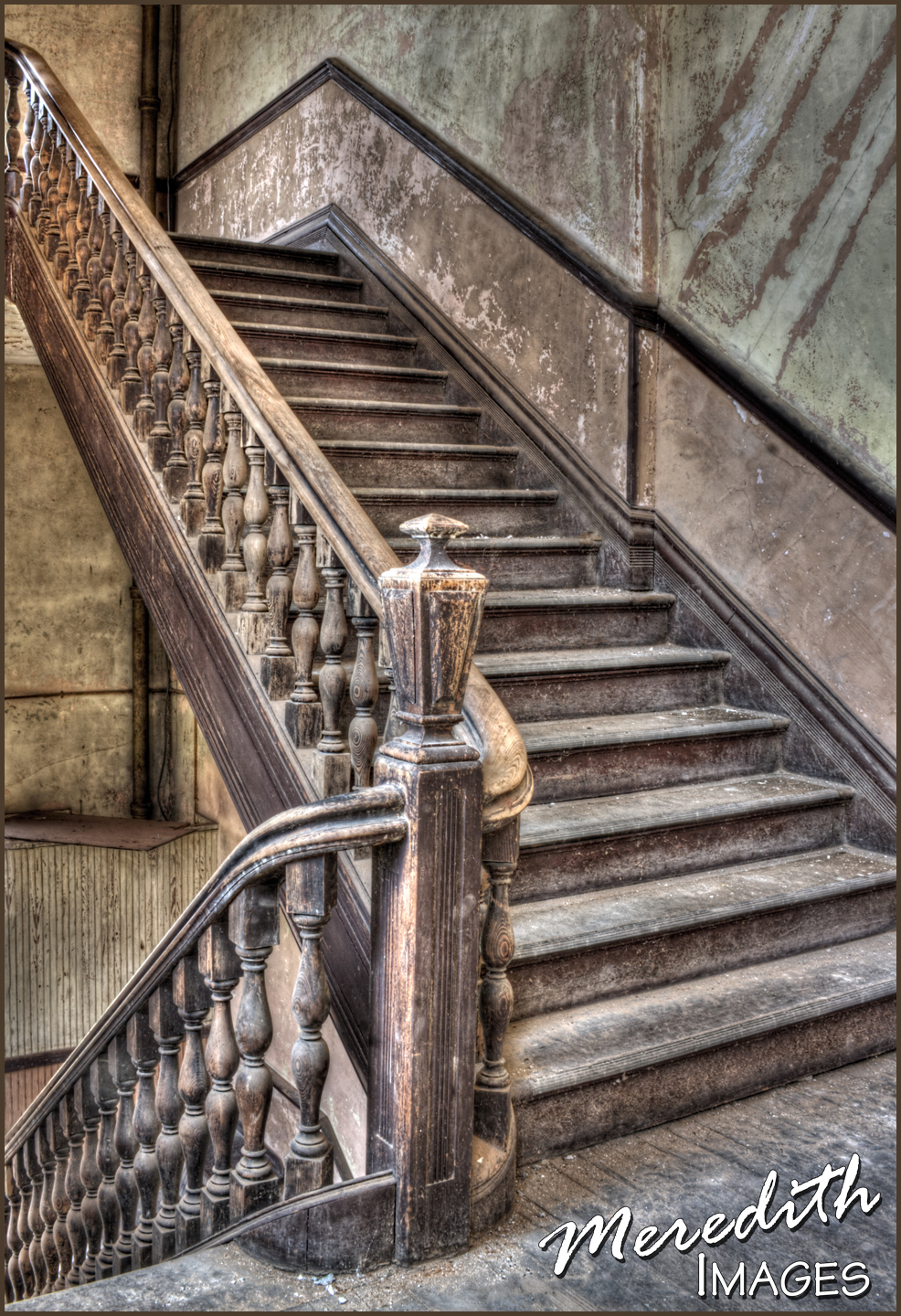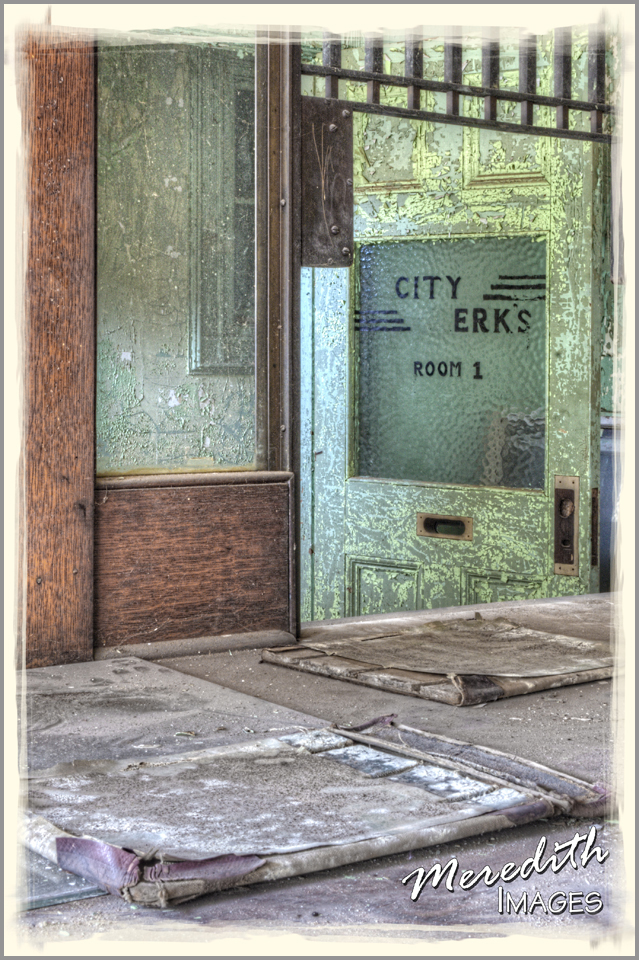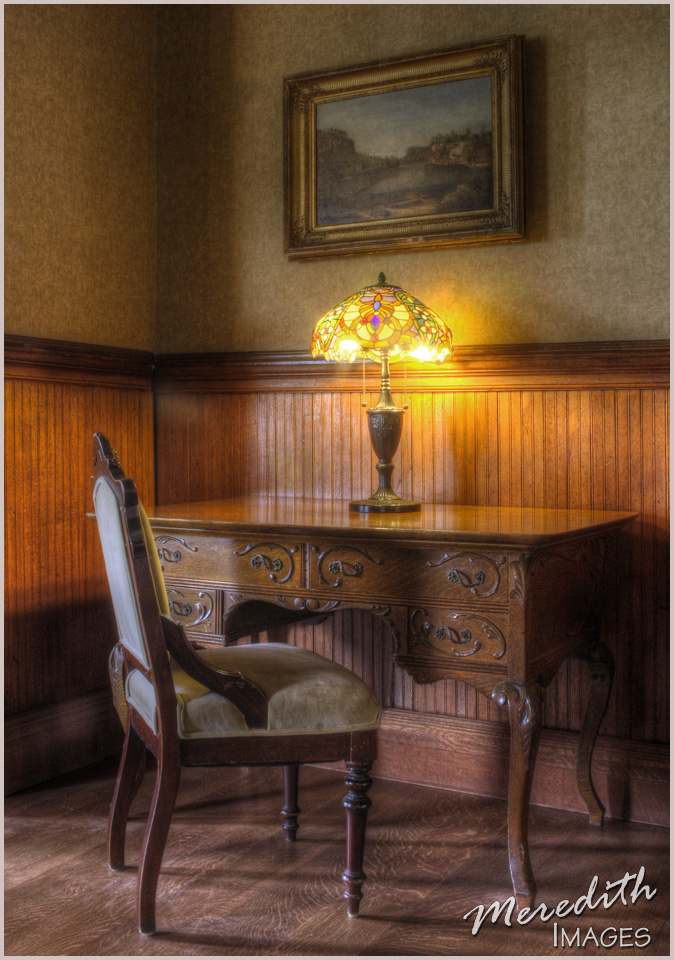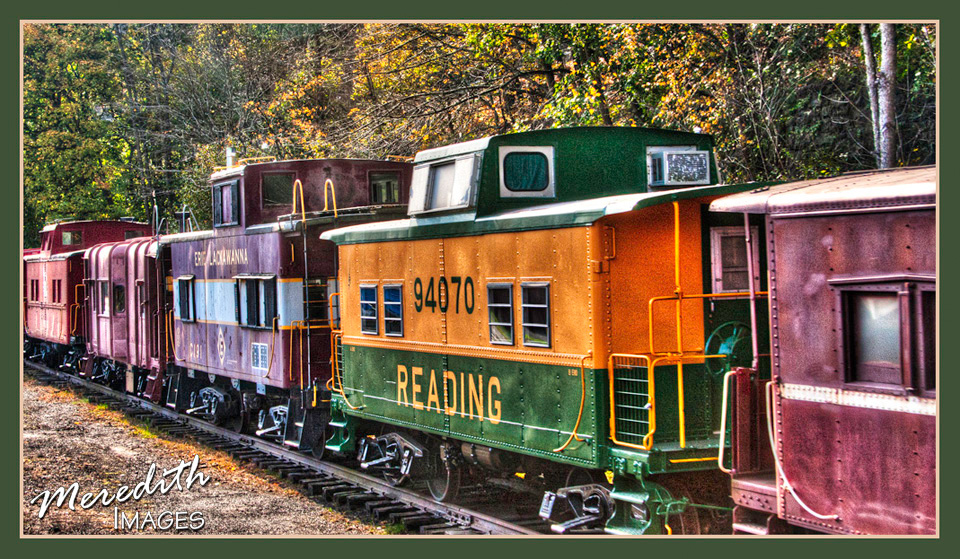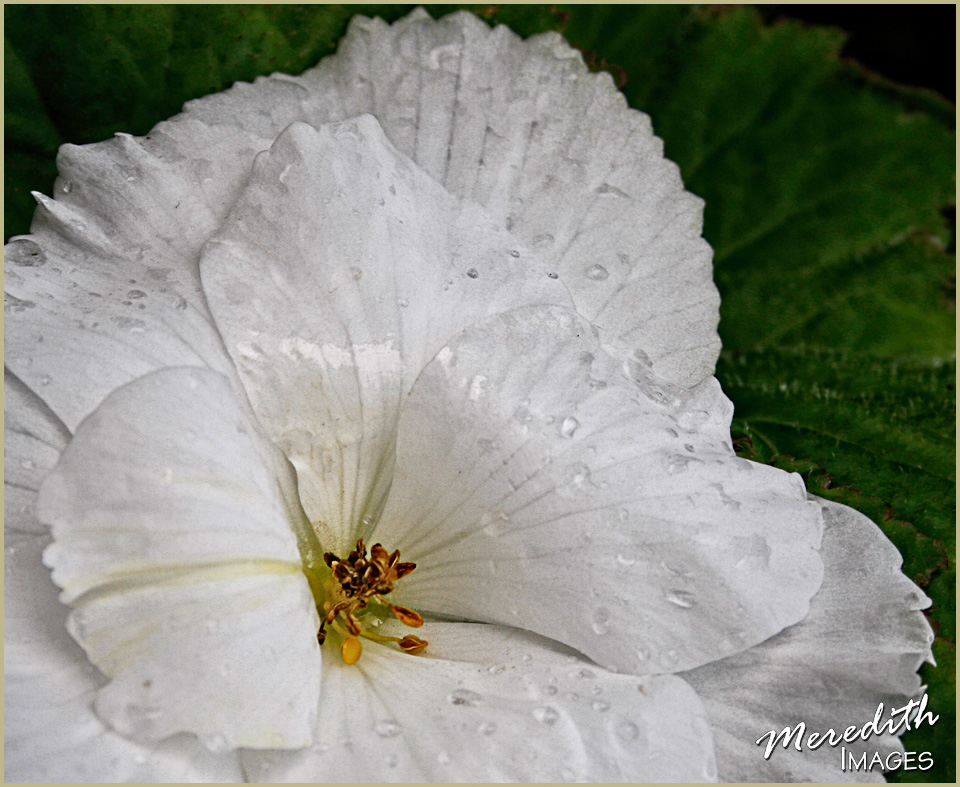HDR is a term batted about quite a bit these days. What is HDR you ask? HDR stands for “high dynamic range” imaging. High Dynamic Range – what does that mean? Our eyes can see much more light in a scene than our cameras can capture. Typical definitions consider it a process of capturing a high dynamic range of light and rendering it in a single image, which consists of putting it through a program that can “tone map” the image. This definition seems to have become synonymous with HDR. In other words, if it isn’t tone mapped, it isn’t HDR.
An important fact about HDR – there is a time and a place for it. The purpose of HDR is to capture the extremes of light that your camera cannot capture in one image (for example, when there are very bright highlights and/or deep shadows that you wish to have detail in). However, there are images that may look better – such as silhouetted subjects – that would not be appropriate for HDR. Another important fact – it’s still about the composition! Using HDR on a poorly composed image is not going to make it a great photograph.
This image of stone arches was a perfect candidate for HDR. There was sunlight hitting the concrete floor that was very bright, and there was an extremely dark area at the end of the corridor. Capturing this shot with one exposure would have left either blacked in shadows or blown out highlights. I shoot with a Canon 40D, which will only auto-bracket three shots (most Nikon’s will do up to 9), therefore I always manually bracket my shots. You need to determine a proper “average” exposure for the middle brightness of your image. Then bracket over and under — most photographers shoot in 1 stop brackets, I usually use 2/3rds of a stop. This image took nine exposures to capture the range of light. Your shot may need as few as three — five is probably my most average number of shots.
I use HDRsoft’s Photomatix for most of my HDR processing. It is a stand-alone program, which means you can import files directly into the program without going through Photoshop or Lightroom (but you can also export from those programs to Photomatix). The program is very intuitive and has how-to manuals available in the Help menu. Once you import your images, you will run the tone-mapping process and then Photomatix will give you thumbnails of “presets” which give you a starting point for your finished image. You can click on each thumbnail to see if you like the effect (everything from very natural to a high “grunge” look). Once you’ve chosen a preset, you can tweak the look using slider controls. In the arches image, I went for a look that brought out the details in the stonework. I tend to lean towards the more natural look, but there are some images that look good with more drama, such as the staircase and balcony below from the closed Sterling Opera House.
The first floor of the old Opera House used to be City Hall. I loved the way HDR let me capture the details of the peeling paint and moldy old ledger book while giving the scene even exposure.
In this image below from Mohonk Mountain House, I wanted to capture the bright Tiffany lamp but also capture detail in the furniture and walls:
This image of some old rail cars in Jim Thorpe, PA, was a single image that I processed in Photomatix. I was actually on a train moving by these old relics, so did not have the opportunity to bracket the shot. This was one case where I liked the more grungy-type of look.
Most people think of HDR for scenic images, but I have also had great luck using it on flowers and macro work. This begonia is five shots blended in Photomatix. I wanted to retain detail in the white flower as well as the water drops.
Like with any type of photography, it truly is an art form. There is no “right or wrong” in how to do HDR. It is YOUR image, YOUR artwork, and you should create the image that YOU visualize. And as always…have fun!
You can download a free trial of Photomatix at http://www.hdrsoft.com/. The trial does not expire, but applies a watermark to images until purchased. The program retails for $99, but using the code MeredithImages, you can save 15%.

